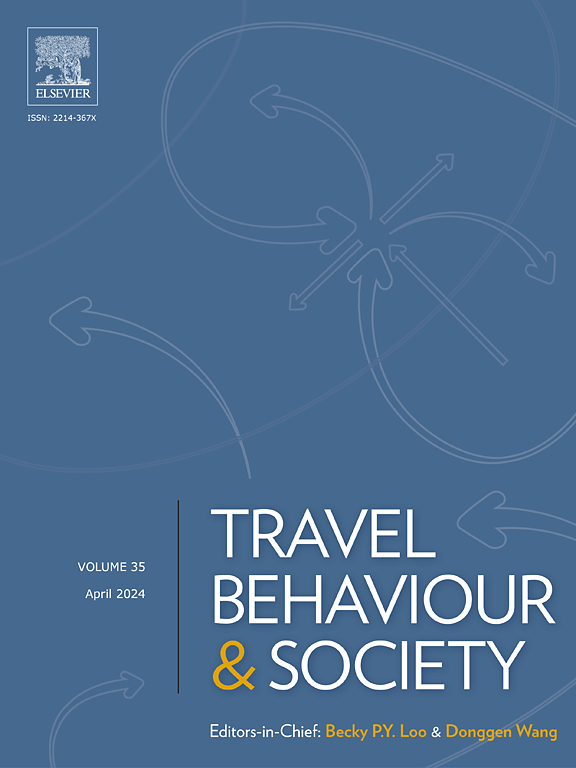Post-disaster decision-making framework for roadway networks considering social vulnerability
Abstract
Resilience is a characteristic of a system to adapt, resist and recover from disruptions as defined by the U.S. Federal Highway Administration. The concept has been adopted across several fields of research. Existing literature on roadway network resilience typically frames resilience in terms of performance metrics based on the attributes of the network (travel time or travel distance, for example). However, the impact of disruptions to roadway networks varies for different populations within communities because of various socioeconomic factors. While it is important to capture the performance characteristics of transportation networks to ensure goods and services can flow throughout a community, there also lies a need to consider the needs of populations in a community that are more vulnerable to disruptions due to limited mobility. This study aims to propose a framework for roadway network post-disaster recovery planning that considers the needs of socially vulnerable populations. Specific objectives of the study include: i) developing a geographic social vulnerability index (SVI) using census demographic data to quantify the extent to which communities may be considered “socially vulnerable” ii) integrating the index into an actionable decision framework for post-disaster bridge repair strategy and iii) demonstrating how the consideration of social vulnerability can influence network performance. By applying the framework to the Mobile Bay area in Alabama, the significance of including social vulnerability in resilience evaluation becomes evident.

 求助内容:
求助内容: 应助结果提醒方式:
应助结果提醒方式:


